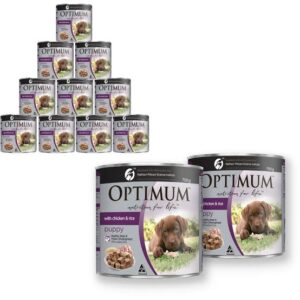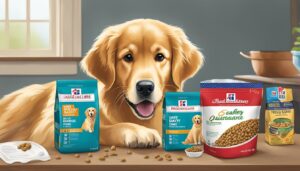Wsava Dog Food
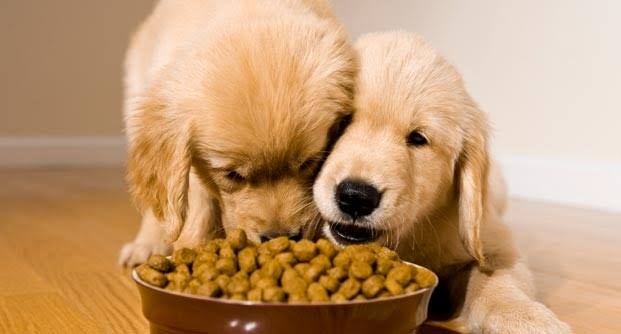
Wsava Dog Food:- The World Small Animal Veterinary Association (WSAVA) has provided global guidelines to assist veterinarians and pet owners in optimizing the nutrition of dogs and cats. Their aim is to create individualized nutritional plans for pets, ensuring that the dietary needs of each animal are met based on evidence-based research.
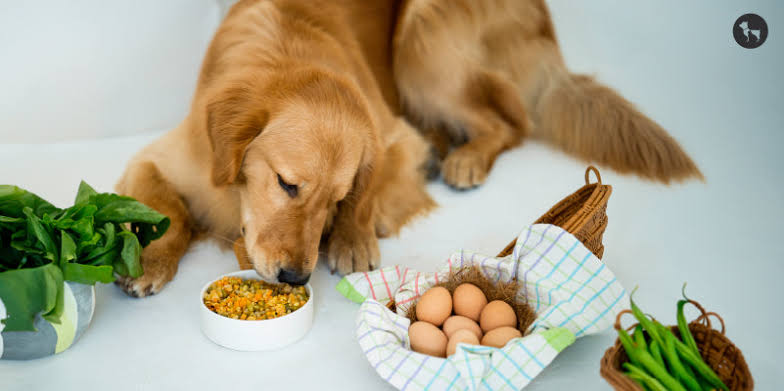
The guidelines, developed by the WSAVA’s Global Nutrition Committee, provid critical information on assessing and selecting the most appropriate nutrition for companion animals. These guidelines also aid veterinarians in delivering the best nutritional care, especially in a world where pet owners face numerous choices when it comes to commercial pet foods.
Tools for Nutrition Assessment
The WSAVA’s Global Nutrition Committee developed a toolkit to help veterinary healthcare teams and pet owners alike. The toolkit includes:
• Diet History Form: A tool that helps gather detailed information about the pet’s diet, including any treats or supplements the animal is receiving. This is crucial to ensure that the animal is getting balanced nutrition.
• Hospitalized Patient Feeding Guide: An important resource to guide veterinarians in determining the right diet and caloric intake for animals in critical or recovering conditions.
• Body Condition Score Charts: These visual aids help assess an animal’s body condition, determining if a pet is underweight, overweight, or in an ideal state. This helps guide dietary adjustments.
• Calorie Recommendations: Providing veterinarians and owners with appropriate calorie intake for both dogs and cats to maintain optimal health based on their activity level, breed, and age.
By incorporating these tools into daily practice, veterinary teams can make better-informed decisions regarding a pet’s nutritional needs. This allows for more consistent discussions about nutrition at every patient visit, reinforcing the veterinary healthcare team’s role as the expert in providing nutrition guidance.
Nutritional Adequacy and Labeling Standards
One key aspect of the Wsava Dog Food guidelines revolves around what pet owners should look for when selecting commercial pet foods. Ensuring that a diet is nutritionally adequate is essential for a pet’s well-being, and WSAVA advises pet owners to be vigilant about labels and the brands they choose.
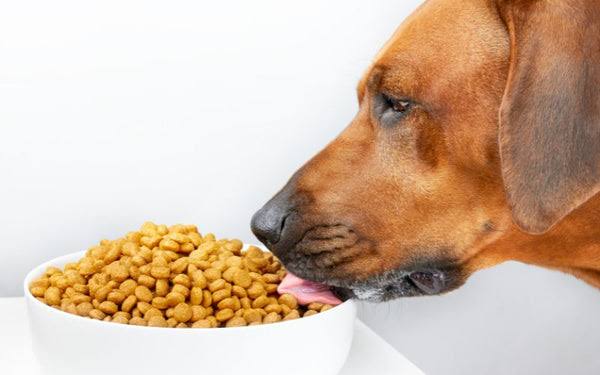
1. Nutritional Adequacy Statement: Pet food should contain a statement indicating that it is complete and balanced according to the Association of American Feed Control Officials (AAFCO) standards. This ensures that the product meets the basic nutritional requirements for the pet’s specific life stage. Brands compliant with WSAVA guidelines will meet AAFCO’s nutrient profiles through thorough formulation or laboratory analysis.
For example, Old Guard Pet Company adheres to these standards by testing all their products, including both all-life-stage and adult maintenance formulas, for nutrient adequacy through third-party labs. Additionally, their veterinary diets are specifically designed for pets with health concerns and require veterinary supervision.
2. Calorie Content: Transparency in calorie content is critical, and WSAVA advises that food brands provide clear labeling on how many calories per gram or serving their product contains. This allows pet owners and veterinarians to make informed decisions on portion sizes. Old Guard Pet Company clearly lists caloric content on their products, including their treats, to ensure that owners are not overfeeding.
3. Contact Information: WSAVA advises pet food brands to offer easy access to company representatives for any additional questions, particularly about nutrient content not listed on the label. This builds trust and allows consumers to inquire further into the food’s composition. Reputable brands, including Old Guard Pet Company, make contact information readily available on their packaging and websites.
Selecting Pet Foods and WSAVA Compliance
The Wsava Dog Food has set forth specific criteria to help pet owners evaluate the safety and quality of commercial pet foods. However, meeting every criterion is rare in the industry. Most commercial brands may not be fully WSAVA compliant, but thorough analysis can highlight those that exceed or meet most standards. Old Guard Pet Company is one of those brands that prides itself on exceeding WSAVA’s nutritional guidelines by employing best practices for formulation, safety, and transparency.
The guidelines also emphasize the importance of verifying the credentials of the professionals involved in pet food formulation. Wsava Dog Food encourages pet owners and veterinarians to inquire if a full-time, qualified nutritionist is involved in creating the products. This ensures that the person formulating the pet food understands pet nutrition and can deliver safe, nutritionally adequate products.
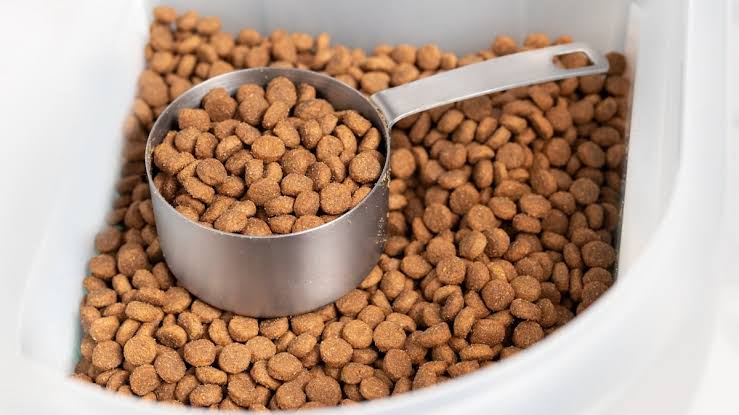
WSAVA’s Financial Ties and Industry Influence
It’s essential to note that WSAVA’s relationship with large pet food companies such as Hill’s, Purina, and Royal Canin has raised concerns over potential conflicts of interest. Some task force members responsible for drafting WSAVA’s nutrition guidelines have financial connections to these companies, which can influence the recommendations provided. This has led to debates about the objectivity of the guidelines, with critics questioning whether financial sponsorships from these corporations impact the quality and impartiality of the advice.
Despite these concerns, WSAVA’s recommendations serve as a valuable foundation for understanding pet nutrition, especially for veterinary professionals. However, consumers should be aware of these industry ties and consider seeking independent nutritional assessments or consulting with veterinarians who can provide unbiased guidance.
Pet Food Safety and Quality Control
In addition to the guidelines on formulation and nutrient adequacy, WSAVA also touches on the importance of food safety and quality control. Ensuring that pet food is safe and free from contaminants is critical, and companies should have procedures in place for quality control. WSAVA advocates for the use of third-party testing to ensure that foods meet safety standards.
One of the ongoing challenges in the pet food industry is maintaining consistent quality control, even for companies that own their manufacturing facilities. Recalls due to contamination or nutrient imbalances (such as vitamin D toxicity) are a reminder that ownership of production does not necessarily guarantee better safety standards.
WSAVA encourages pet owners to ask whether companies have third-party certifications for their quality control processes. For example, certifications from organizations like the Safe Quality Food (SQF) Institute indicate that a company has passed rigorous audits for food safety.
Conclusion
The WSAVA Global Nutrition Guidelines provide a valuable framework for pet owners and veterinary professionals when assessing and selecting pet foods. While there are concerns about industry ties, the tools and recommendations offered by WSAVA still play an important role in ensuring that dogs and cats receive optimal nutrition. Pet food companies like Old Guard Pet Company are working to meet or exceed these guidelines, emphasizing transparency, nutrient adequacy, and safety. When selecting pet food, it’s crucial to prioritize brands that are clear about their ingredients, safety measures, and nutritional content, ensuring the best possible care for pets.
Also Read:-
